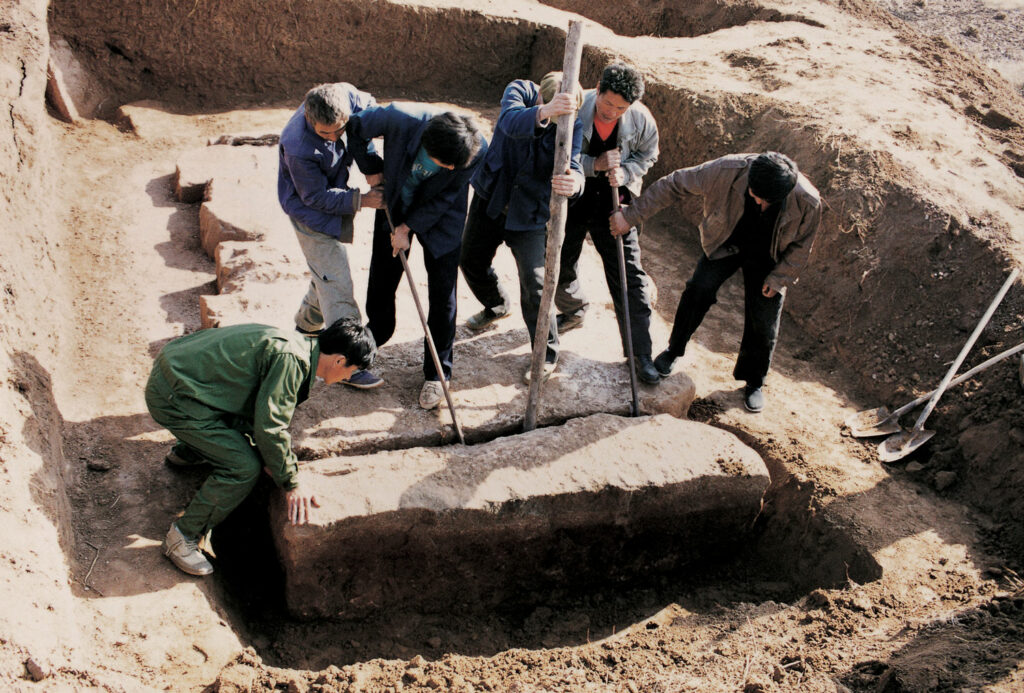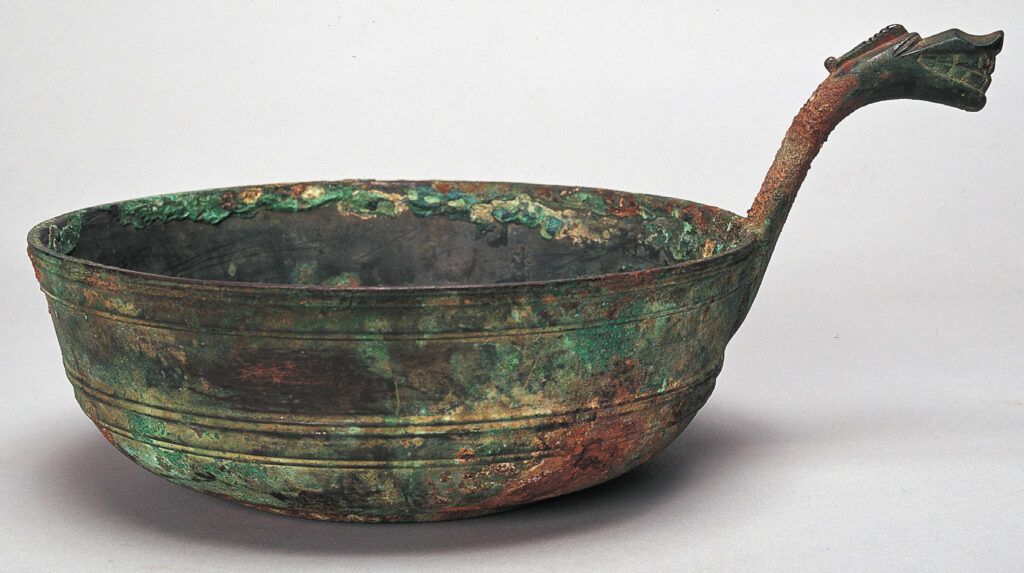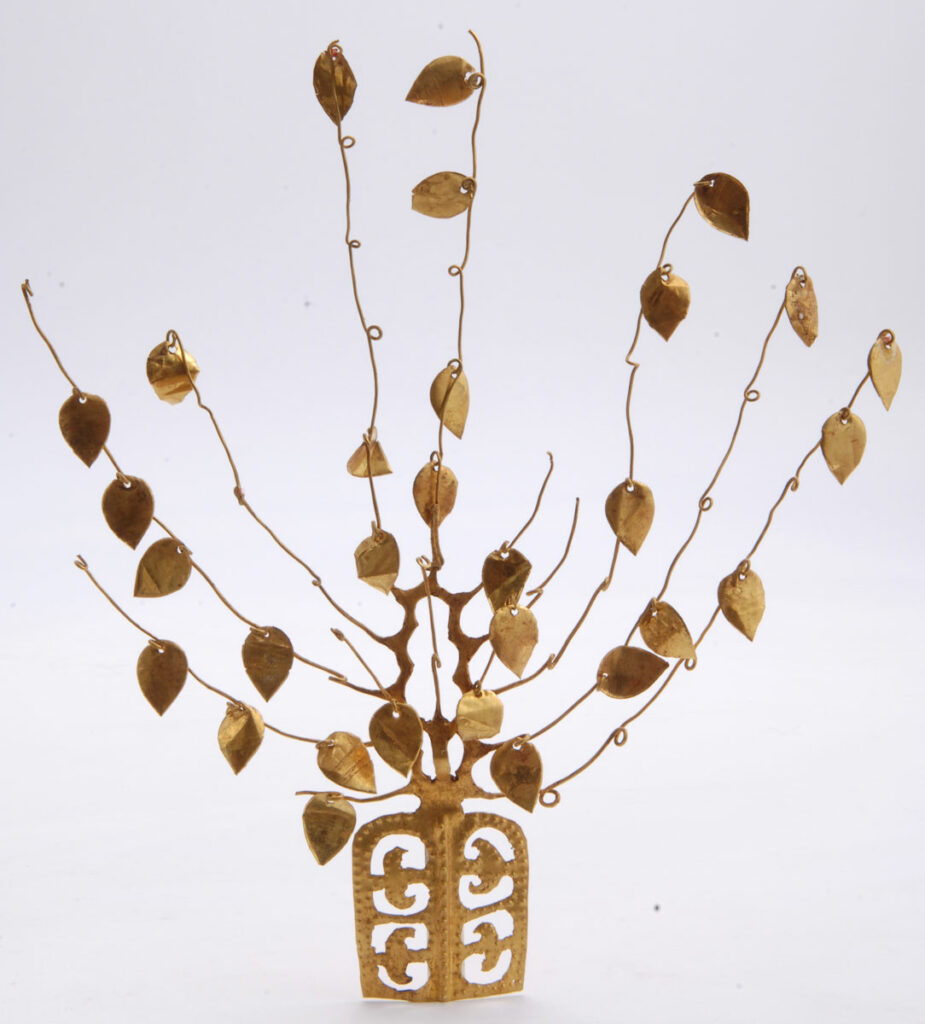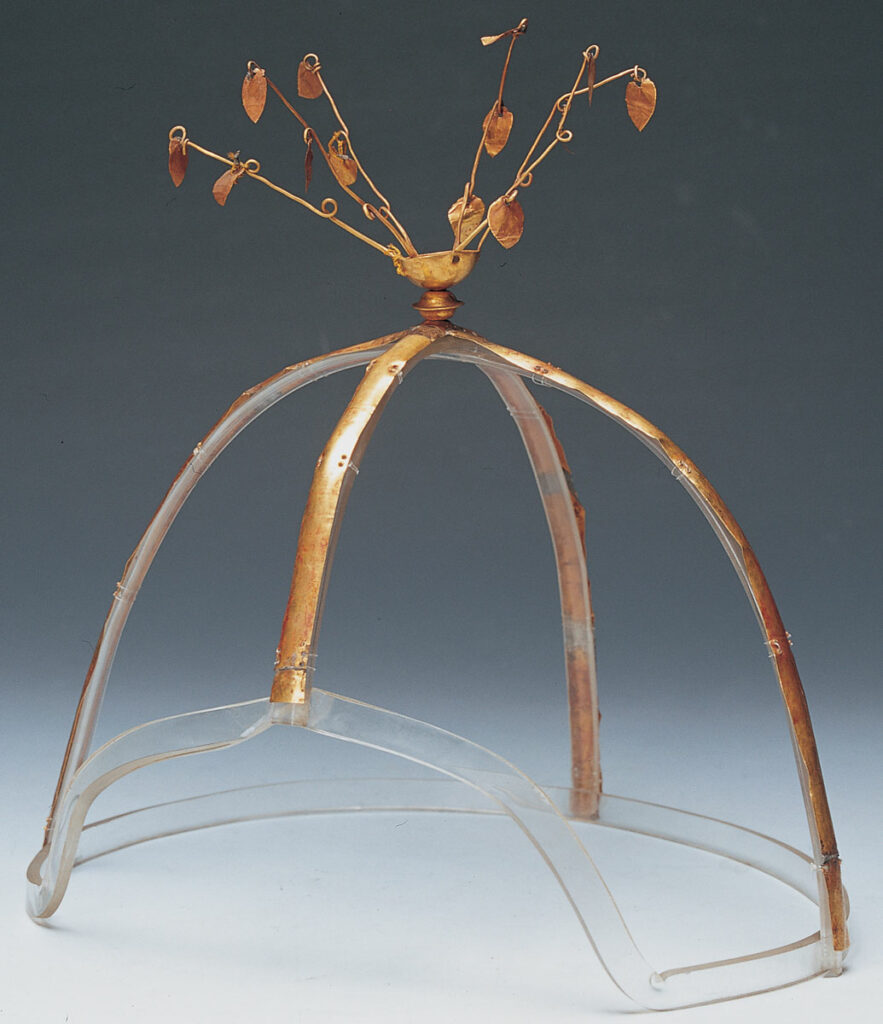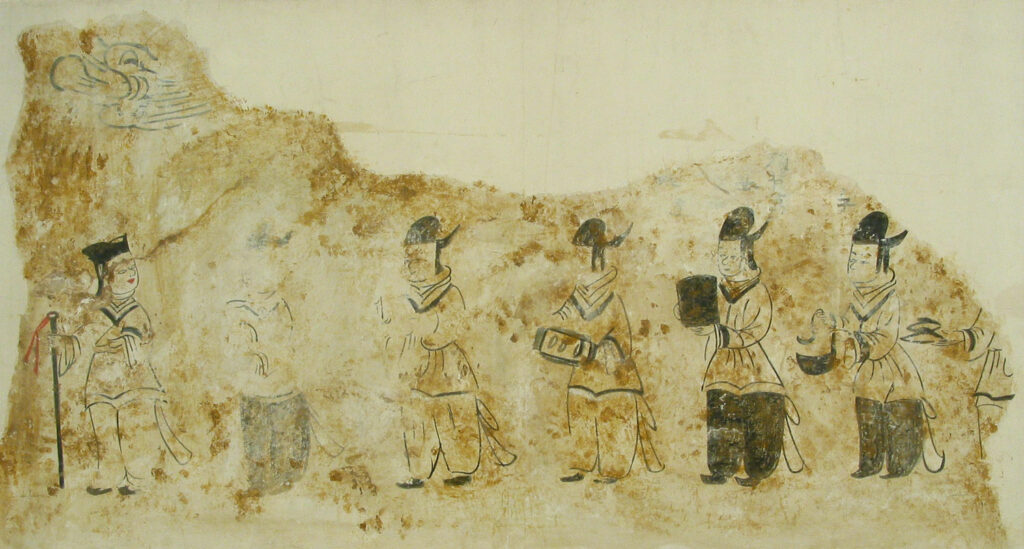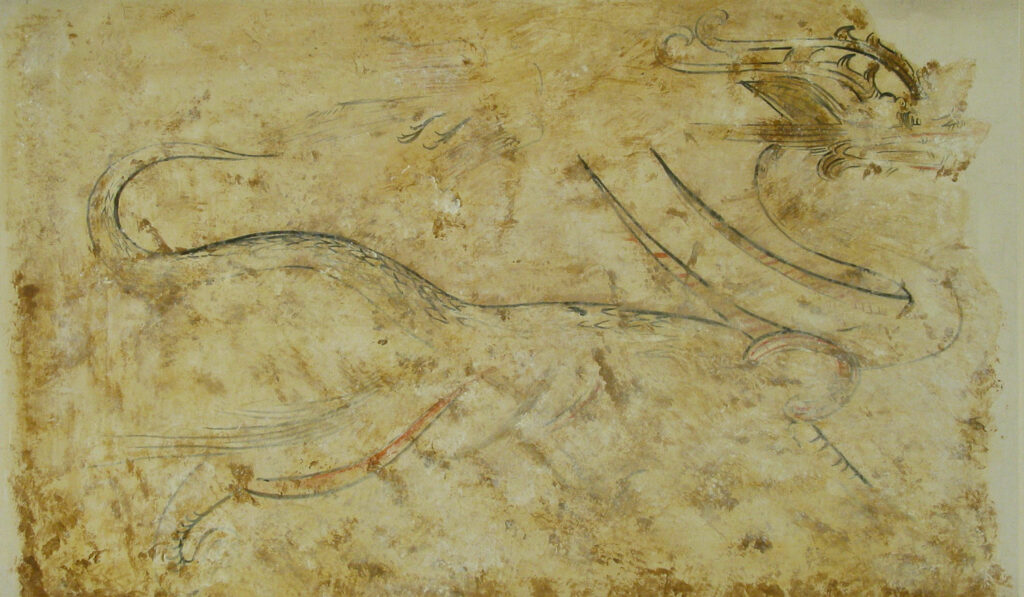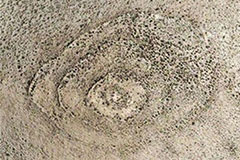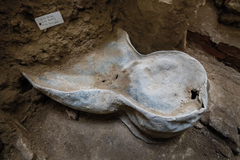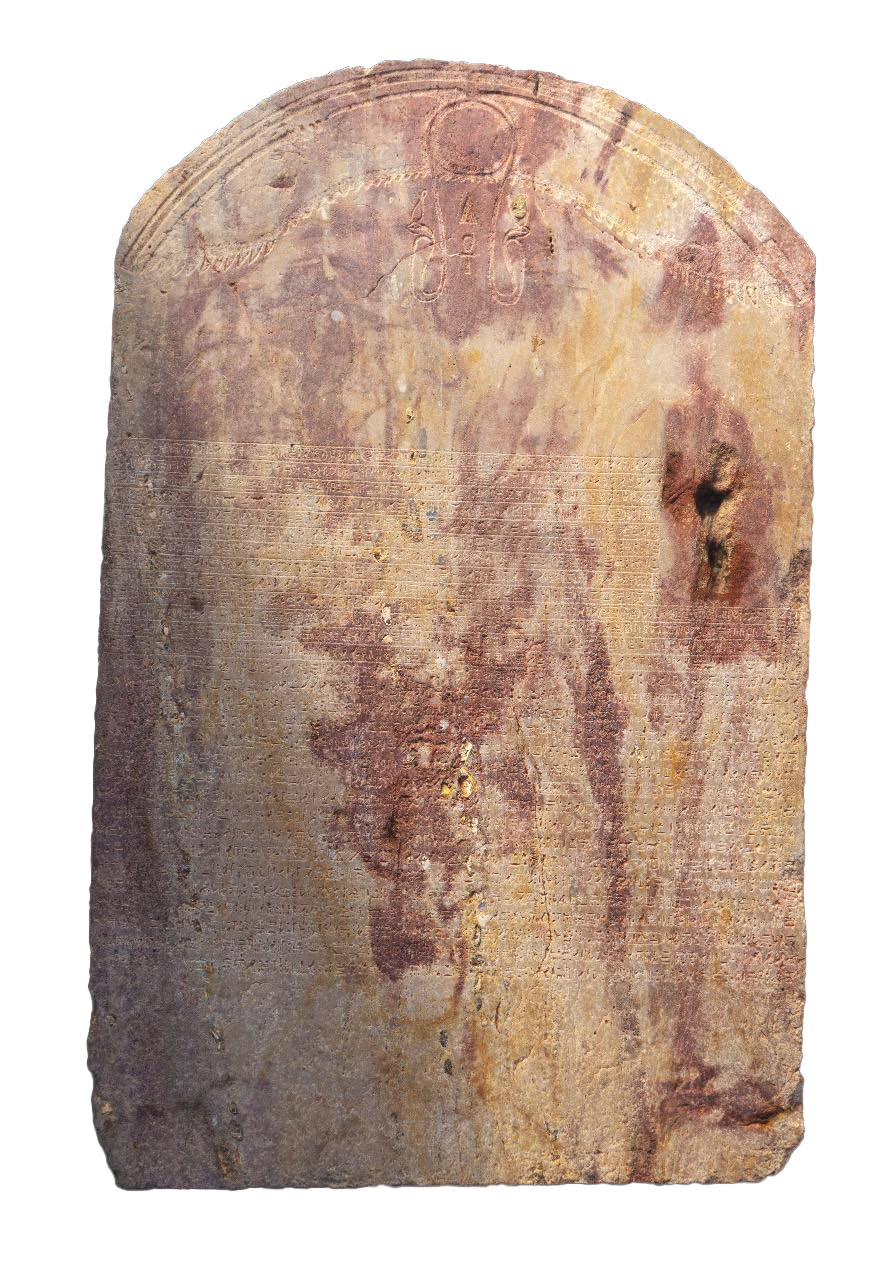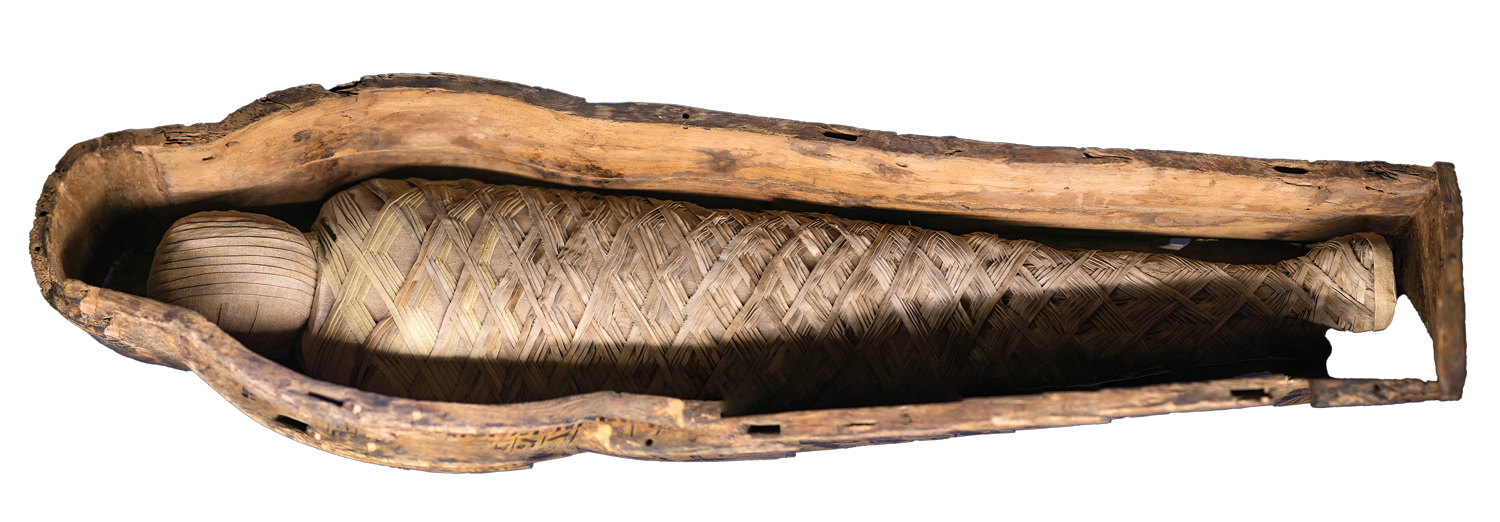Features From the Issue
-
Features
How to Build a Medieval Castle
Why are archaeologists constructing a thirteenth-century fortress in the forests of France?
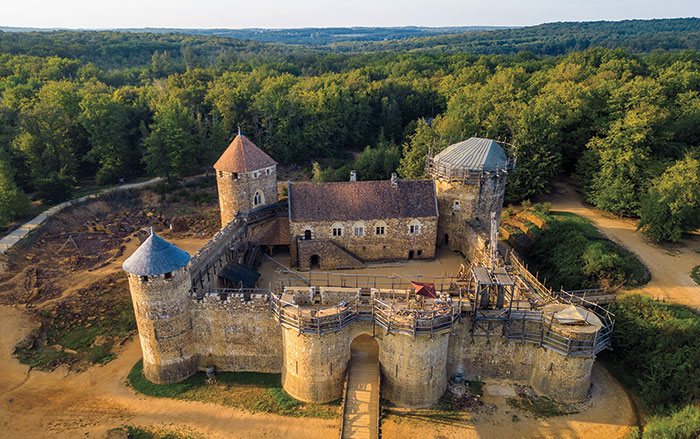 © D. Gliksman
© D. Gliksman -
Features
Spirit Cave Connection
The world’s oldest mummified person is the ancestor of Nevada’s Northern Paiute people
 Howard Goldbaum/allaroundnevada.com
Howard Goldbaum/allaroundnevada.com -
Features
Here Comes the Sun
On a small Danish island 5,000 years ago, farmers crafted tokens to bring the sun out of the shadows
 Courtesy the National Museum of Denmark
Courtesy the National Museum of Denmark -
Features
Myth of the Golden Dragon
Eclectic artifacts from tombs in northeastern China tell the story of a little-known dynasty
 Photograph courtesy Liaoning Provincial Museum, Liaoning Provincial Institute of Cultural Relics and Archaeology, and Chaoyang County Museum
Photograph courtesy Liaoning Provincial Museum, Liaoning Provincial Institute of Cultural Relics and Archaeology, and Chaoyang County Museum -
Features
Remote Sanctuary at the Crossroads of Empire
Ancient Bactrians invented distinct ways to worship their gods 2,300 years ago in Tajikistan
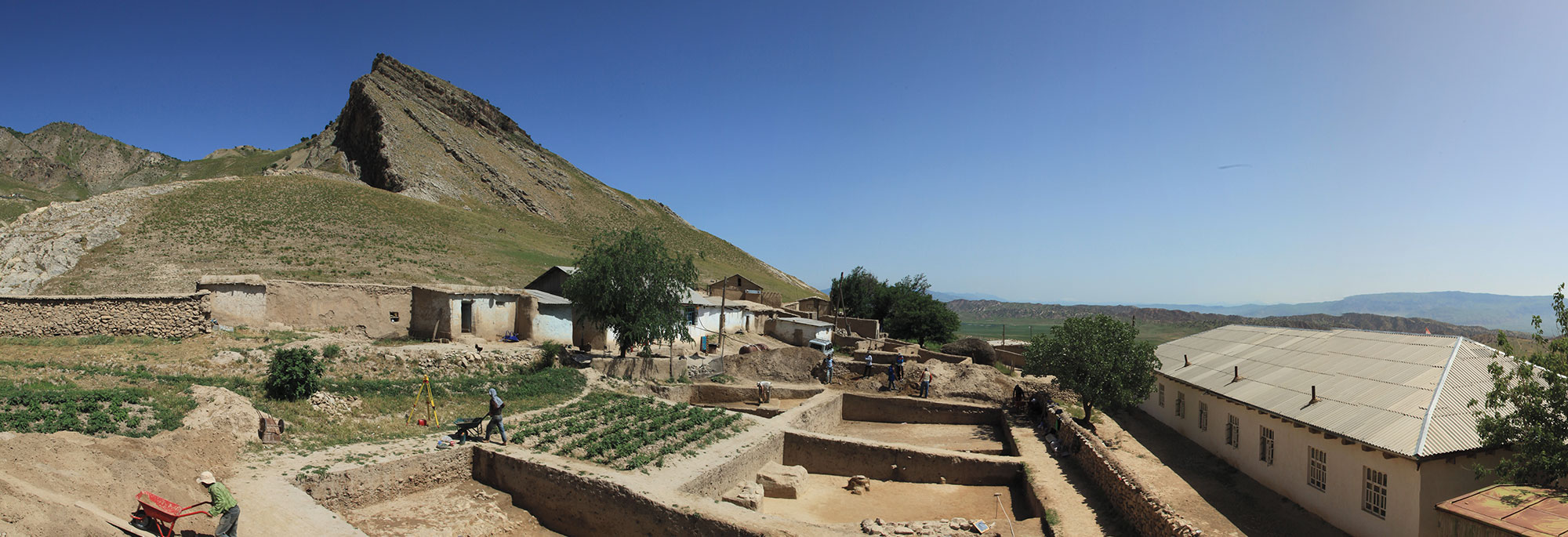 Gunvor Lindström/Excavations supported by the German Research Foundation
Gunvor Lindström/Excavations supported by the German Research Foundation
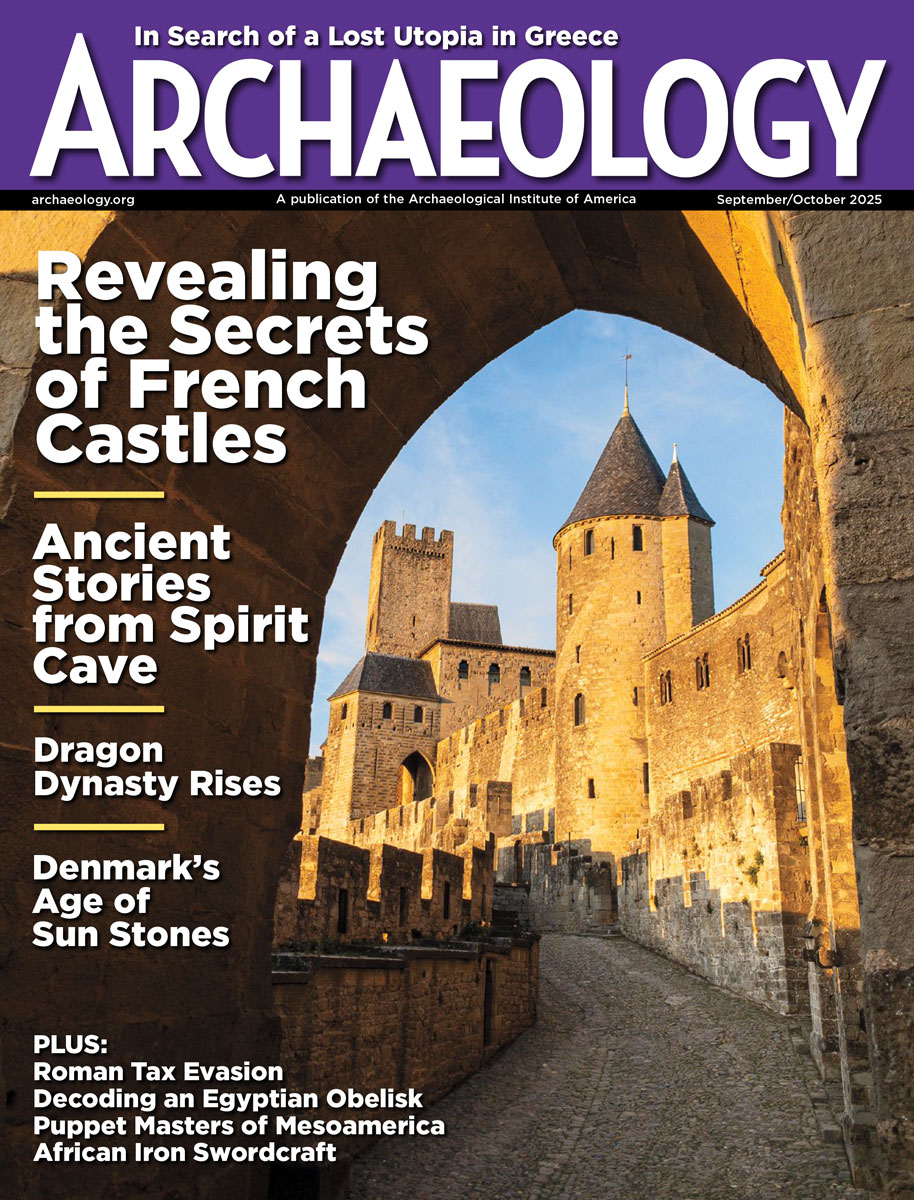
Letter from Greece
Letter from Greece
Searching for Washingtonia
How archaeologists located a forgotten nineteenth-century utopian community
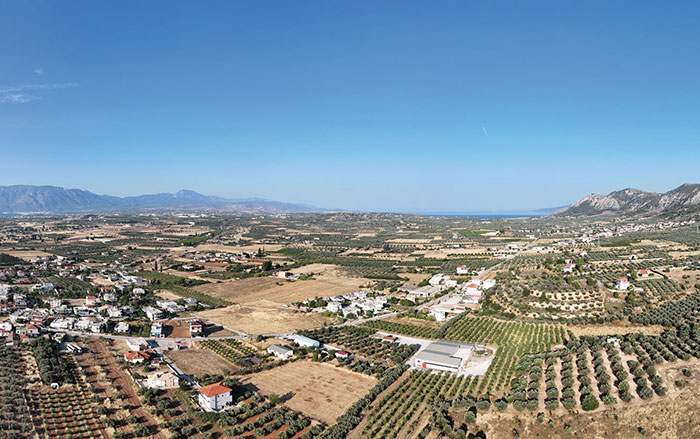
Artifact
Artifacts
Anglo-Saxon Coin
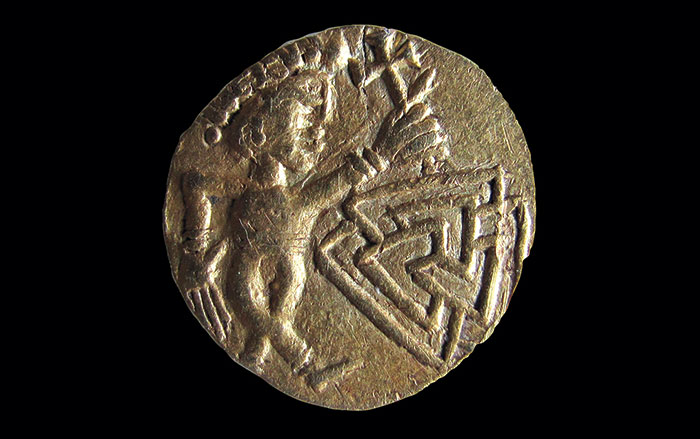
Digs & Discoveries
-
Digs & Discoveries
Law & Order
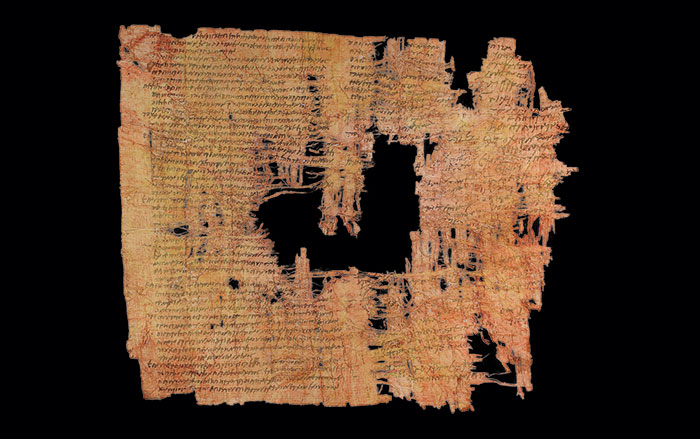 Shai Halevi, Courtesy of the Leon Levy Dead Sea Scrolls Digital Library, Israel Antiquities Authority
Shai Halevi, Courtesy of the Leon Levy Dead Sea Scrolls Digital Library, Israel Antiquities Authority -
Digs & Discoveries
African Swordcraft
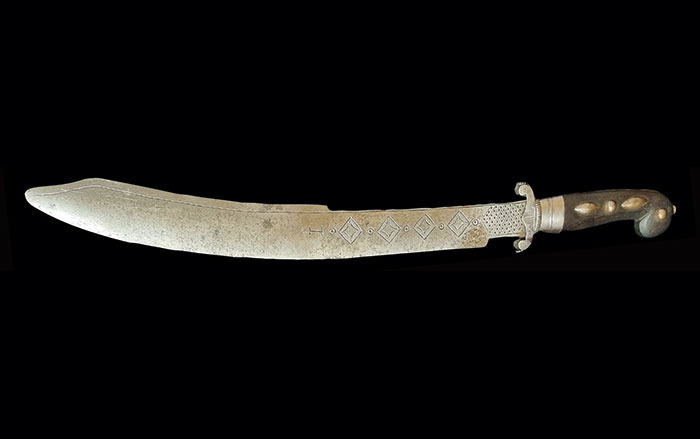 Courtesy Ron Lawrence Anderson
Courtesy Ron Lawrence Anderson -
Digs & Discoveries
Crypto Power
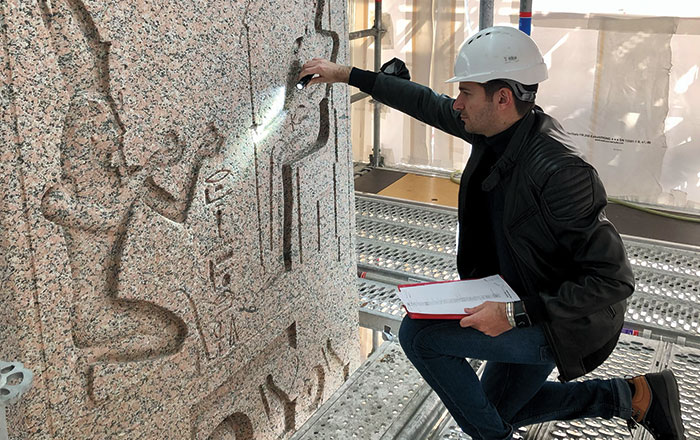 Courtesy Jean-Guillaume Olette-Pelletier
Courtesy Jean-Guillaume Olette-Pelletier -
Digs & Discoveries
Nordic Metal
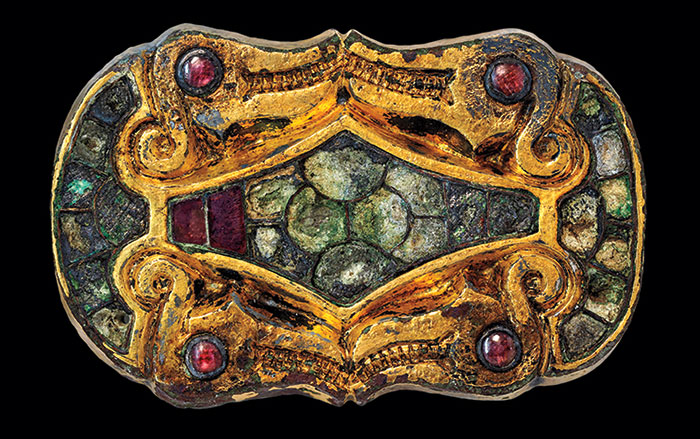 Photograph by Lill-Ann Chepstow-Lusty, © Museum of Cultural History, University of Oslo
Photograph by Lill-Ann Chepstow-Lusty, © Museum of Cultural History, University of Oslo -
Digs & Discoveries
Dead Drunk
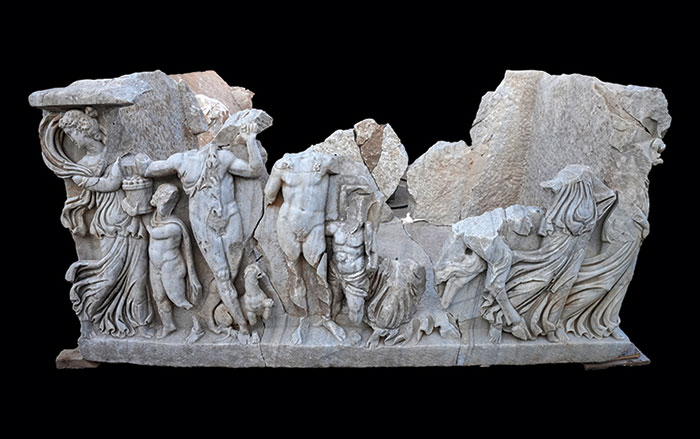 Photo: Shatil Emmanuilov, Israel Antiquities Authority
Photo: Shatil Emmanuilov, Israel Antiquities Authority -
Digs & Discoveries
The Things They Carried
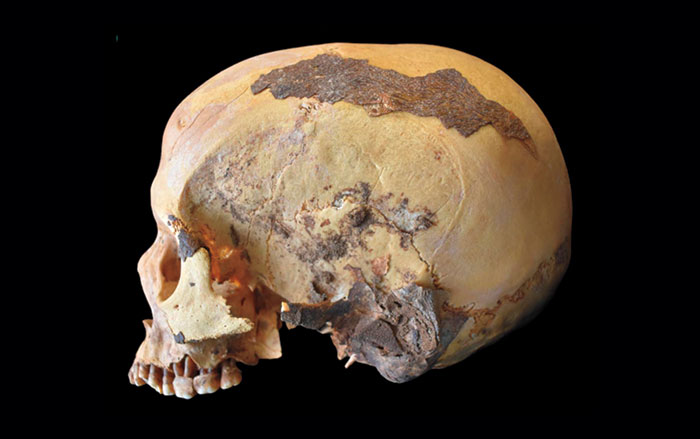 Courtesy Jared Carballo-Pérez
Courtesy Jared Carballo-Pérez -
Digs & Discoveries
Master of Puppets
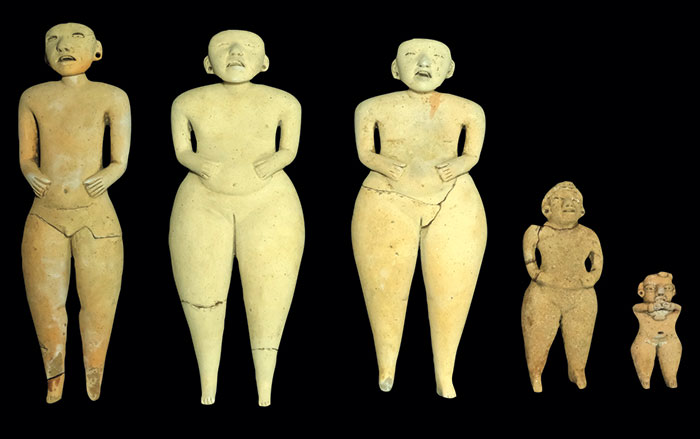 Julia Przedwojewska-Szymańska/PASI
Julia Przedwojewska-Szymańska/PASI -
Digs & Discoveries
Ancient Air Freshener
 © Hans Sell
© Hans Sell -
Digs & Discoveries
A Day at the Hunt
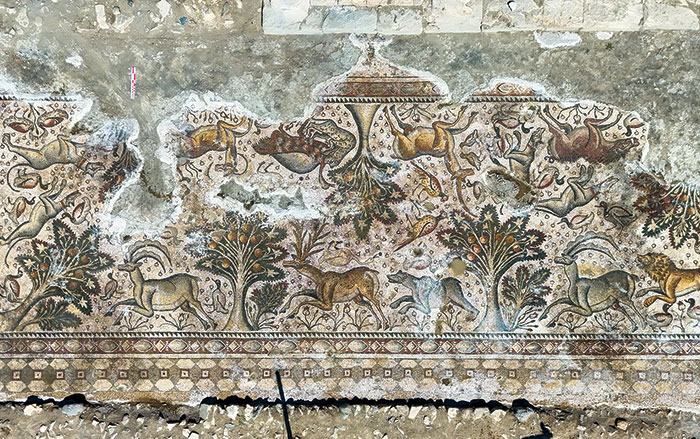 Courtesy Elazığ Archaeology and Ethnography Museum
Courtesy Elazığ Archaeology and Ethnography Museum -
Digs & Discoveries
A Chinese Frontier Fort
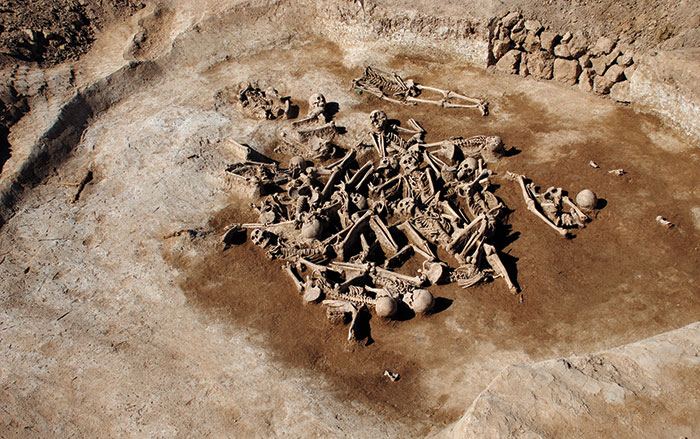 Alexey Kovalev, Institute of Archaeology of the Russian Academy of Sciences
Alexey Kovalev, Institute of Archaeology of the Russian Academy of Sciences -
Digs & Discoveries
Good Night, Sweet Prince
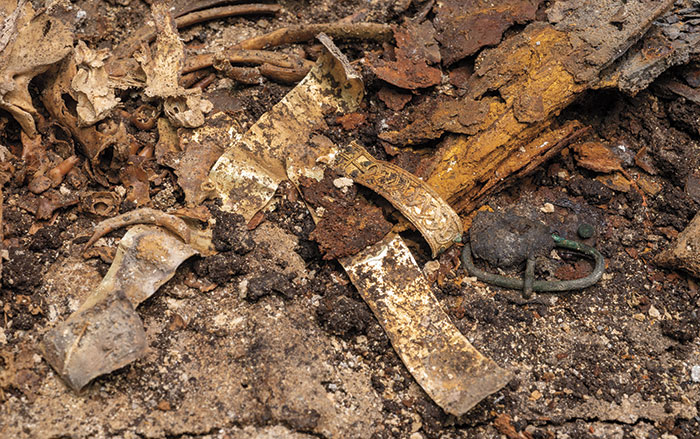 Bavarian State Office for Monument Protection
Bavarian State Office for Monument Protection
Off the Grid
Off the Grid September/October 2025
Necropolis of Pantalica, Italy
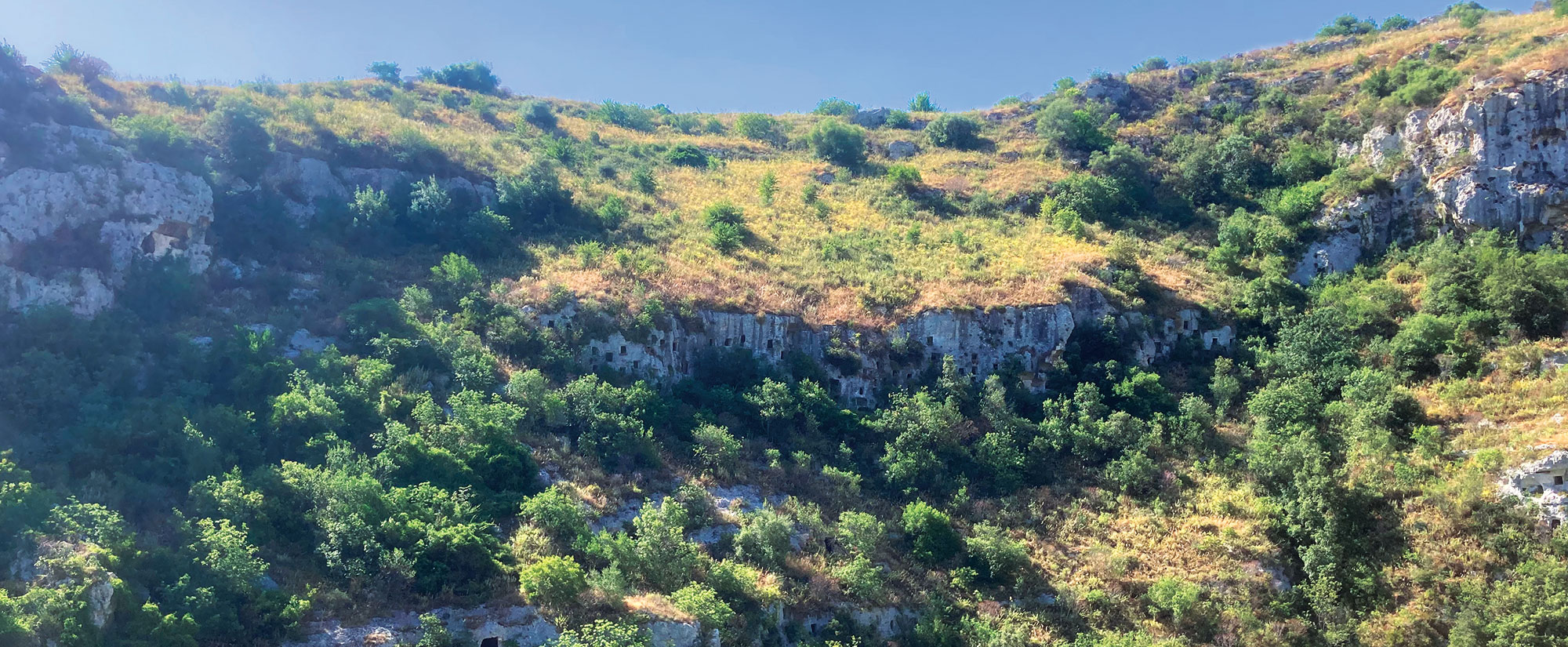
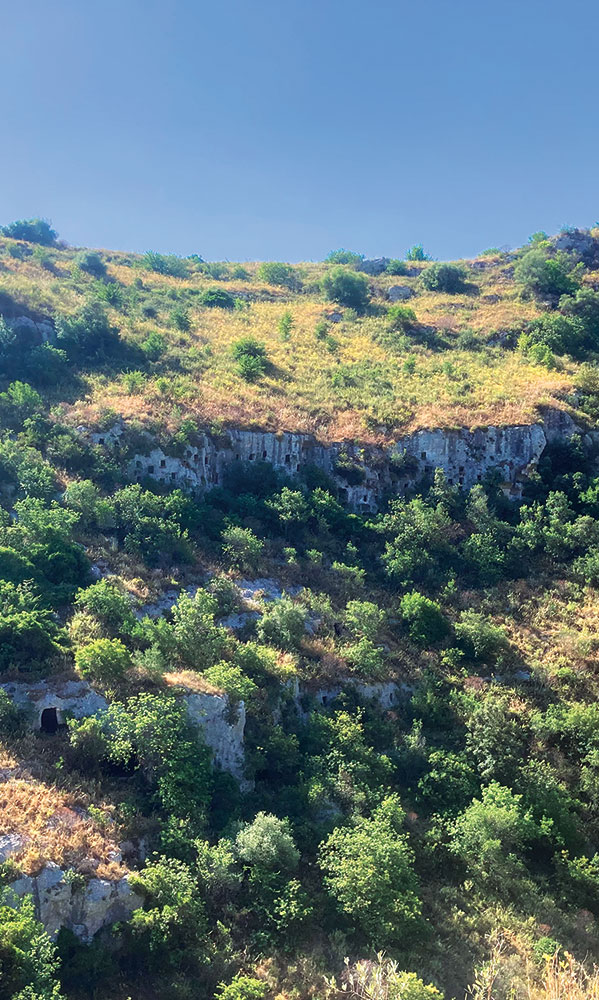
Around the World
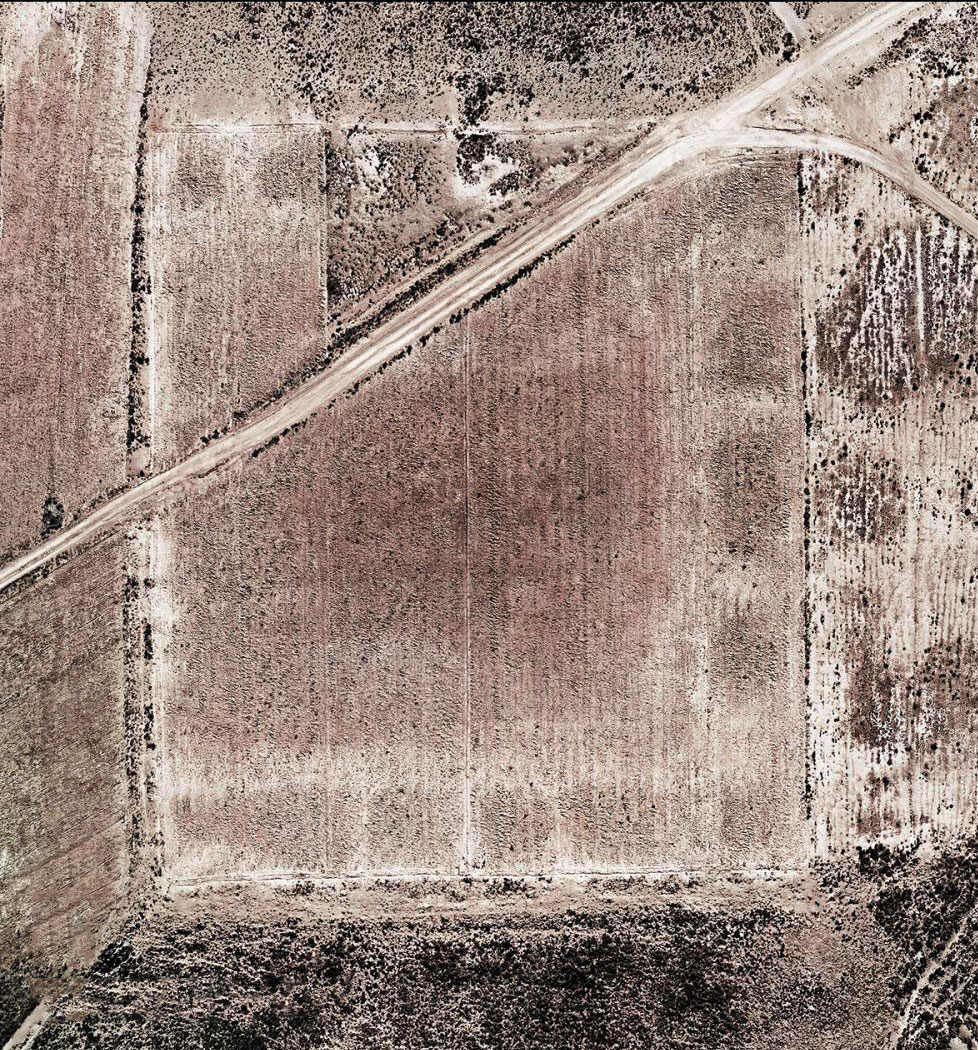
BOLIVIA
A large temple built by people of the enigmatic Tiwanaku culture was discovered at the site of Palaspata near Lake Titicaca. The structure appears to have been aligned with the solar equinox. Abundant fragments of cups used to imbibe maize wine found at the complex suggest it hosted ritual feasts and celebrations. Scholars consider the Tiwanaku, whose state suddenly collapsed around a.d. 1000, to have been one of the earliest advanced Andean societies and precursors to the Inca.
Related Content
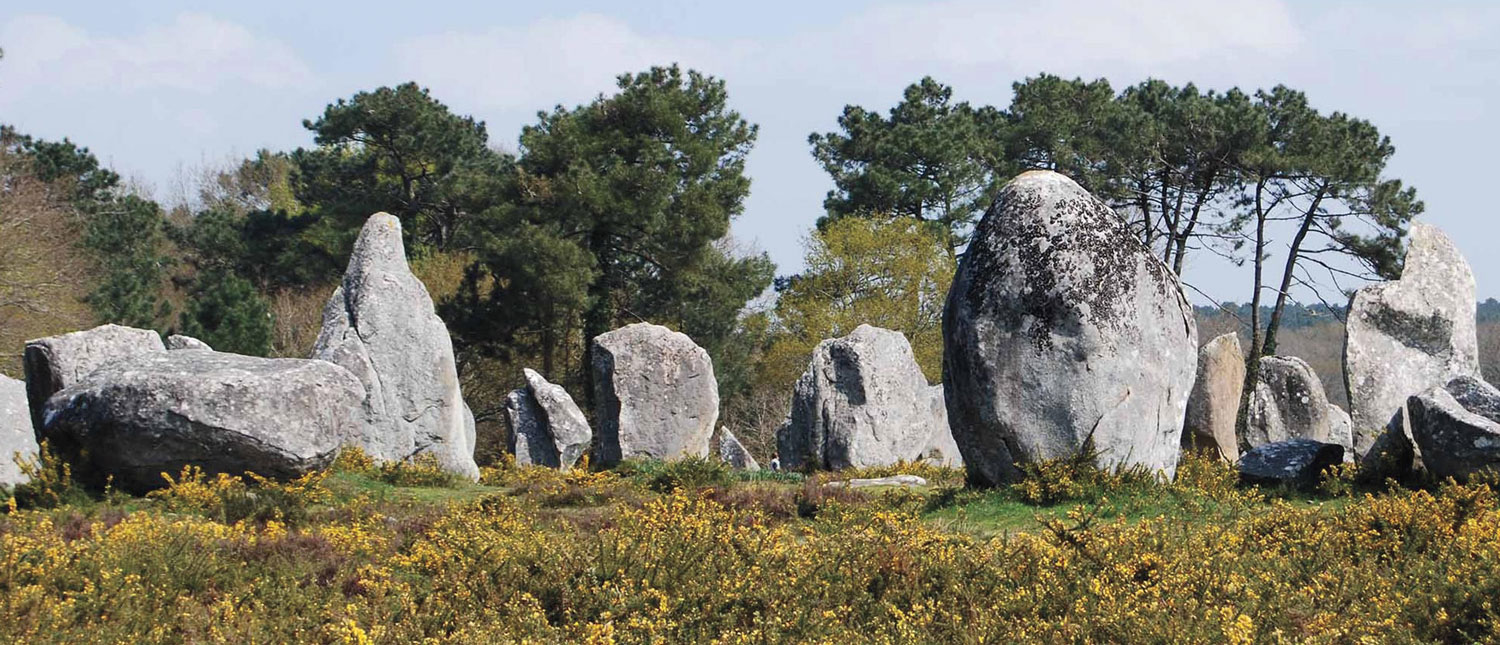
FRANCE
More than 3,000 ancient standing stones are strewn across the Carnac region of Brittany, making it home to one of Europe’s highest concentrations of megalithic monuments. This may also be where this mysterious pan-European Neolithic tradition began. It has been difficult for archaeologists to precisely date when these megaliths were erected. However, new radiocarbon dates from the site of Le Plasker indicate that the megalithic complex there was created between 6,600 and 6,300 years ago, likely making it the oldest example in Europe.
Related Content
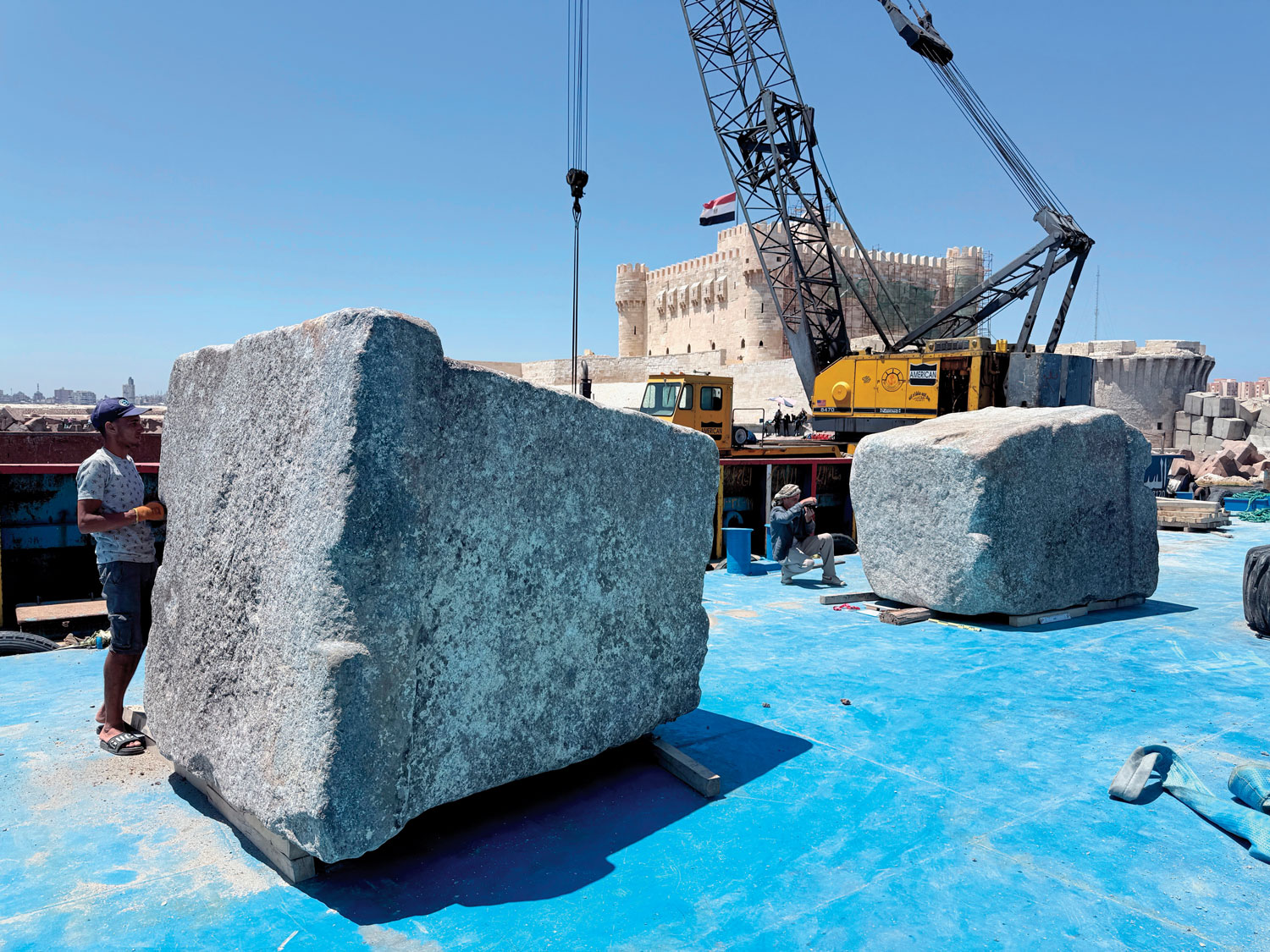
EGYPT
Built in the 3rd century b.c., the Lighthouse of Alexandria was one of the Seven Wonders of the Ancient World and one of the world’s tallest structures—until it was toppled by earthquakes around the 14th century. Recently, 22 massive blocks from the lighthouse were lifted from the seafloor. Archaeologists are scanning each block to create a virtual model that they hope will provide new clues about the monument’s construction, design, and eventual collapse.
Related Content
Slideshow: Building the Last Medieval Castle
Philip II, the first ruler to style himself king of France, reigned from 1180 to 1223, but some of the 100 or so surviving French castles designed in the Philippian style postdate the king’s death by decades. In fact, work on the newest example of the style, Guédelon Castle, began in 1998. In the quarter-century since construction started in the forested Puisaye region of Burgundy, Guédelon has become one of the world’s most comprehensive and longest-running experimental archaeology projects. Everything done on site, from mixing lime mortar to cutting timber beams to weaving baskets, uses only thirteenth-century tools, techniques, and materials. Guédelon’s 40 stonemasons, woodcutters, weavers, painters, blacksmiths, and other artisans draw inspiration from contemporaneous sites and texts. Each obstacle they encounter is an opportunity to solve a problem, medieval-style, and to fill a gap in archaeologists’ knowledge of the era. To read our article on the Guédelon Castle project, click here.
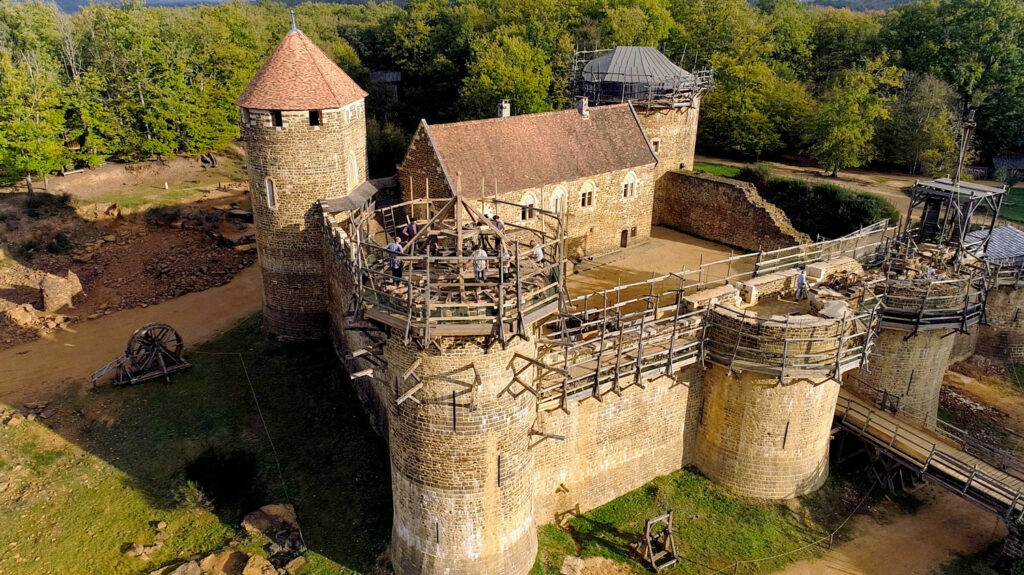
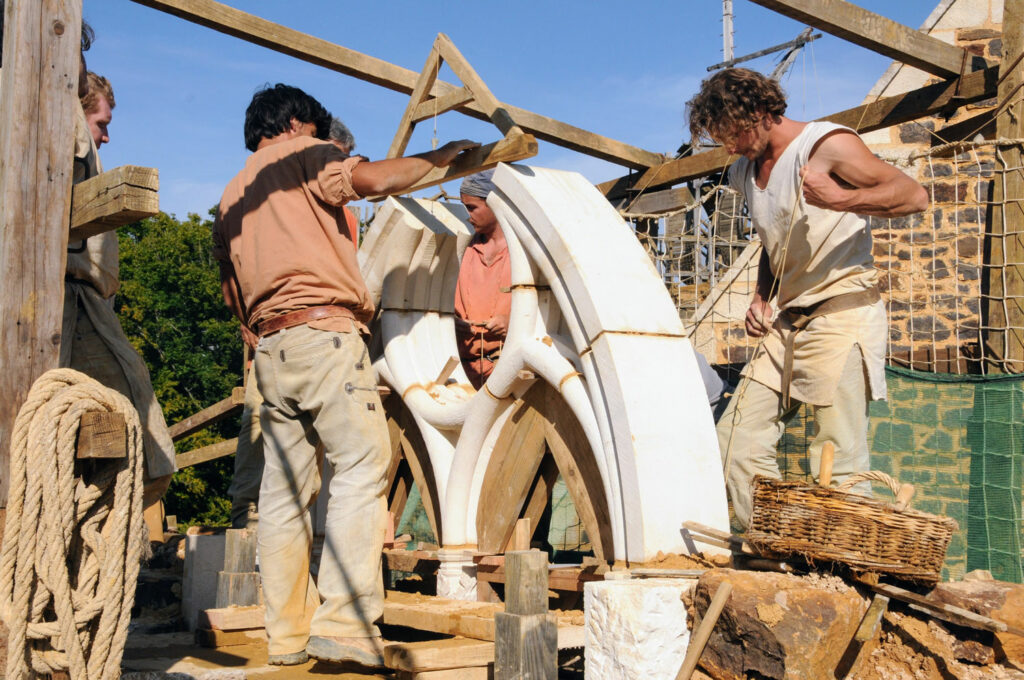
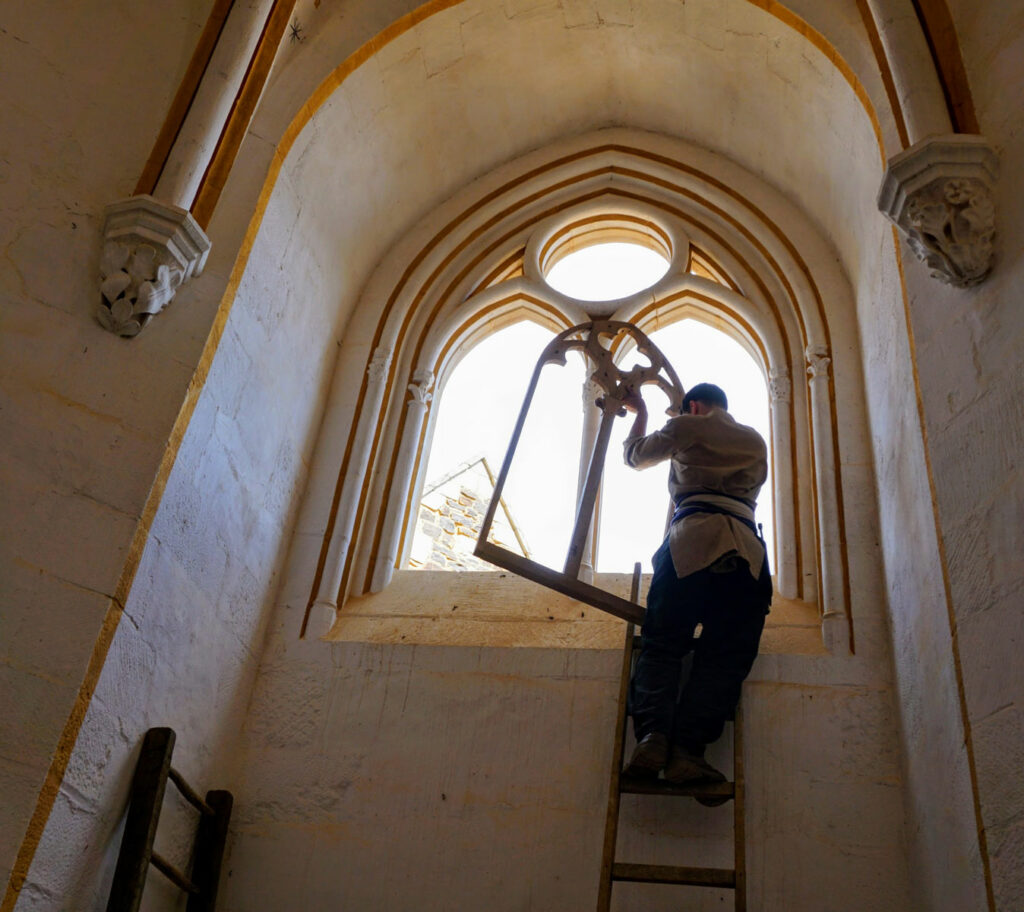
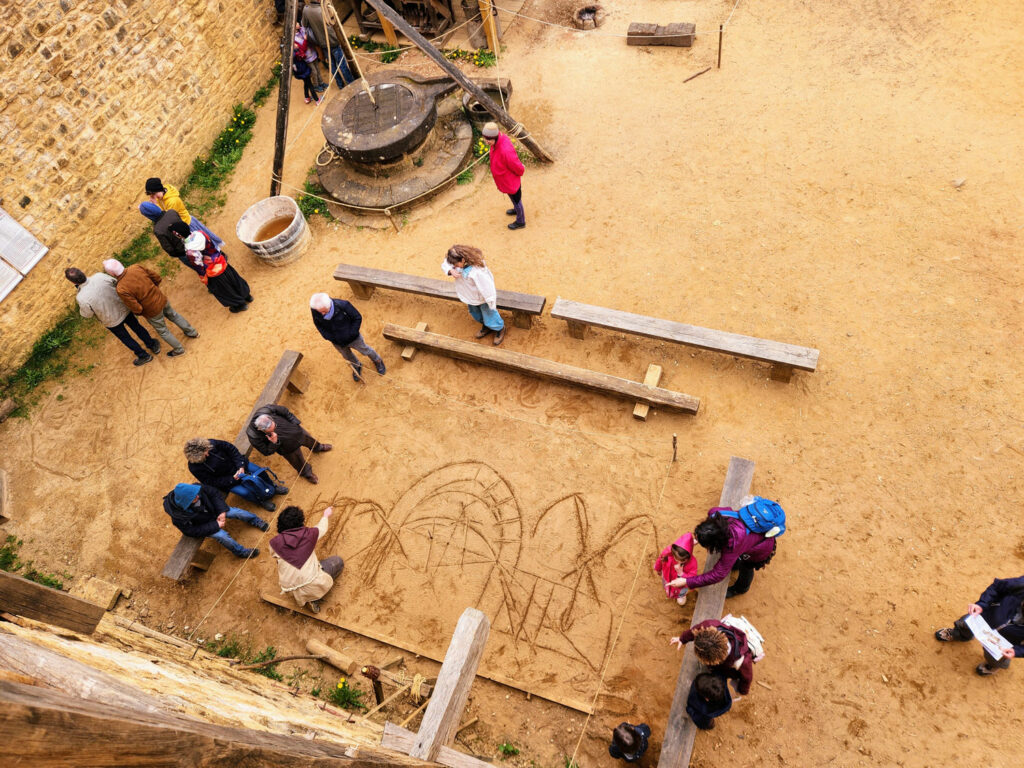
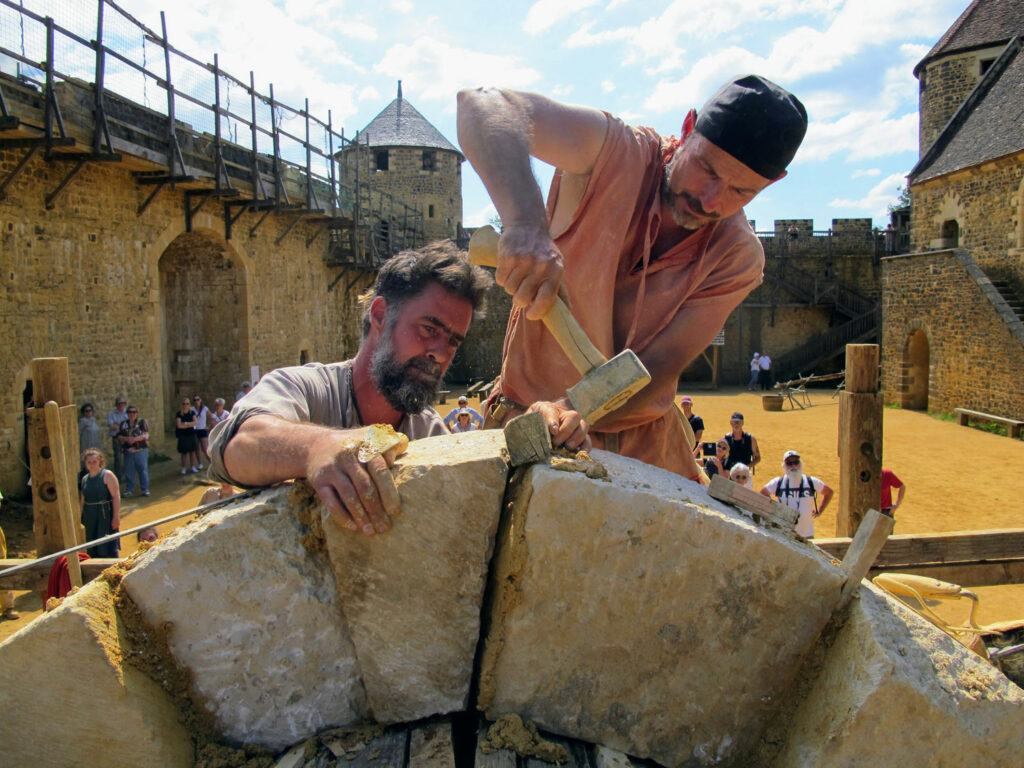
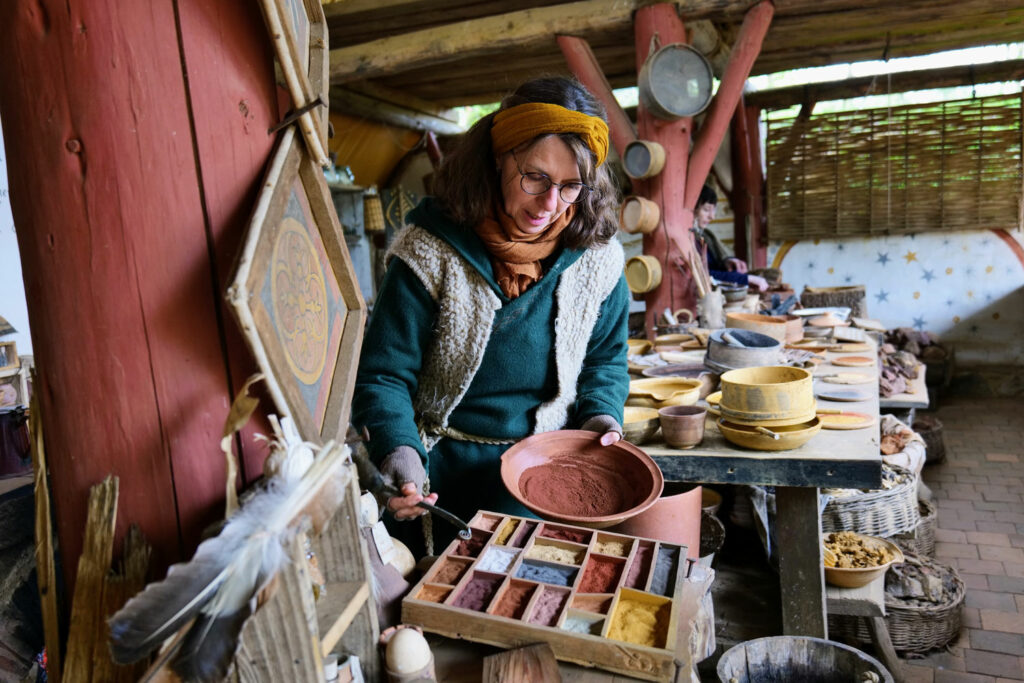
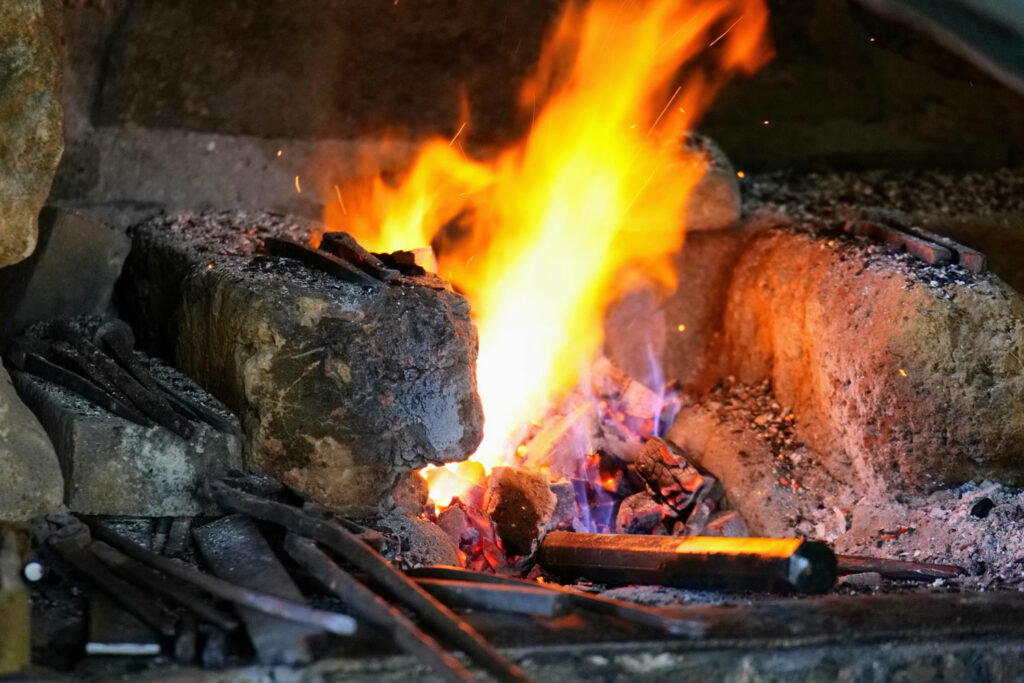
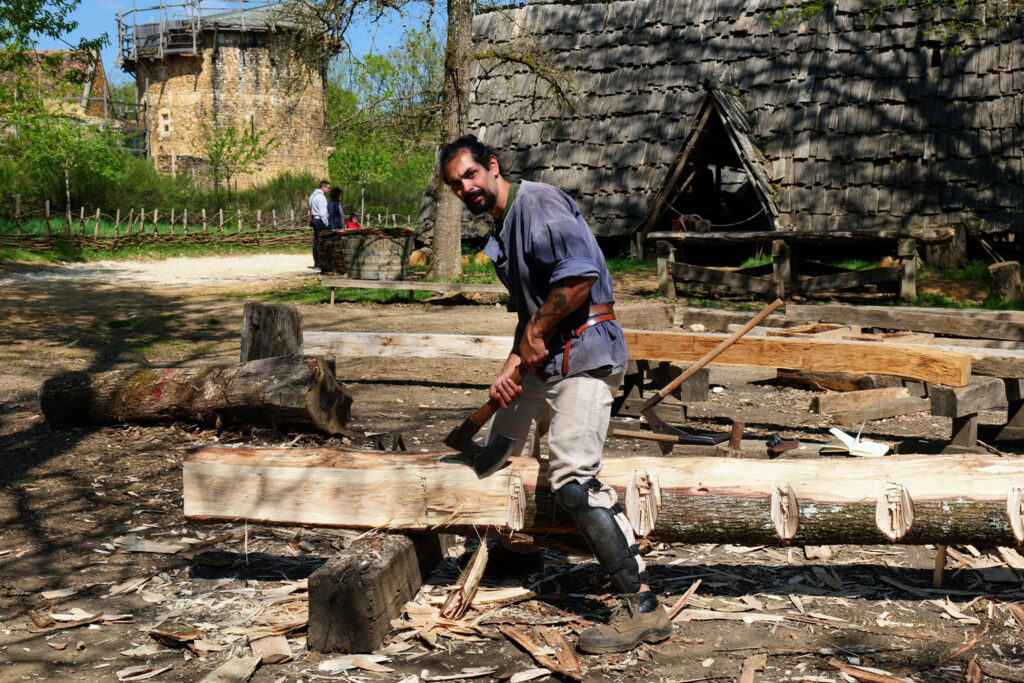
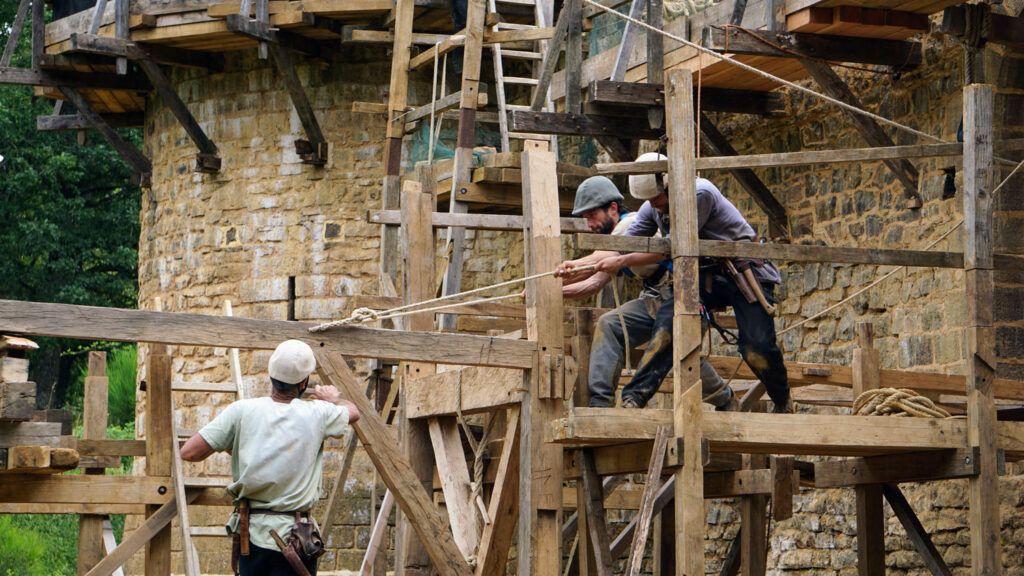
Slideshow: Excavating a Bactrian Sanctuary
Archaeologists have been able to investigate only a few temples in ancient Bactria, a region encompassing parts of modern-day Tajikistan, Uzbekistan, and Afghanistan, that date to the Hellenistic era (323–30 b.c.), the period following Alexander the Great’s conquest of the area in 327 b.c. In 2008, the chance find of an ancient ritual basin during construction of a school in southern Tajikistan’s village of Torbulok led to the discovery of just the third known Hellenistic sanctuary in Bactria. A joint German-Tajik team led by German Archaeological Institute archaeologist Gunvor Lindström excavated one of the sanctuary’s upper terraces between 2013 and 2019. The German Research Foundation provided support for this project. To read our article on the Torbulok sanctuary, click here.
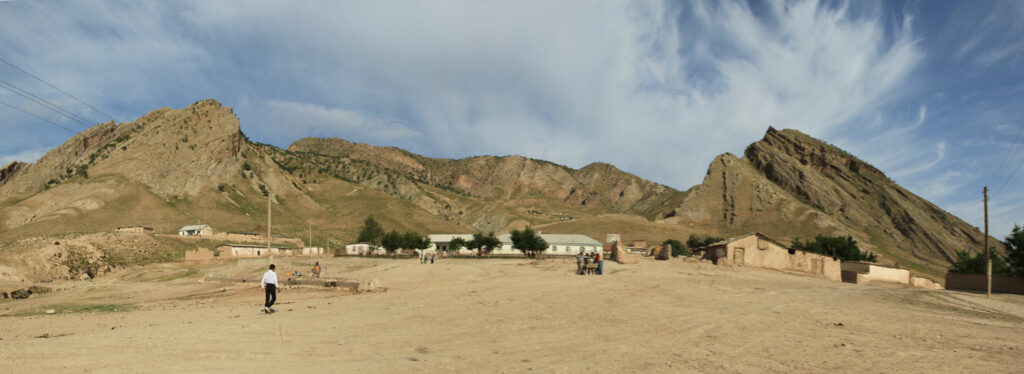
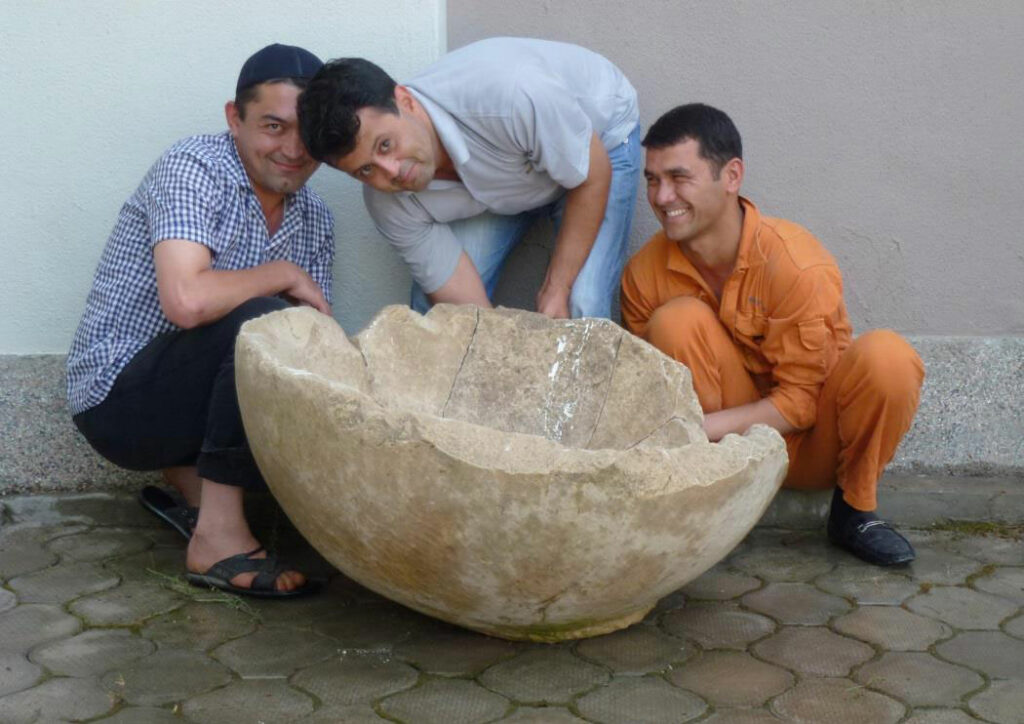
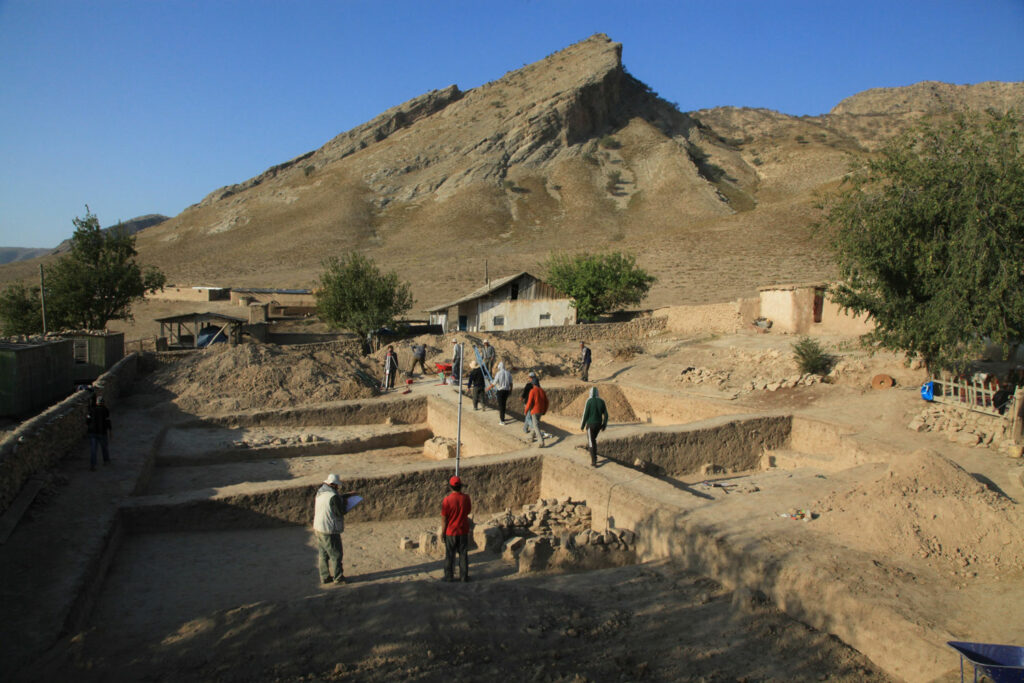
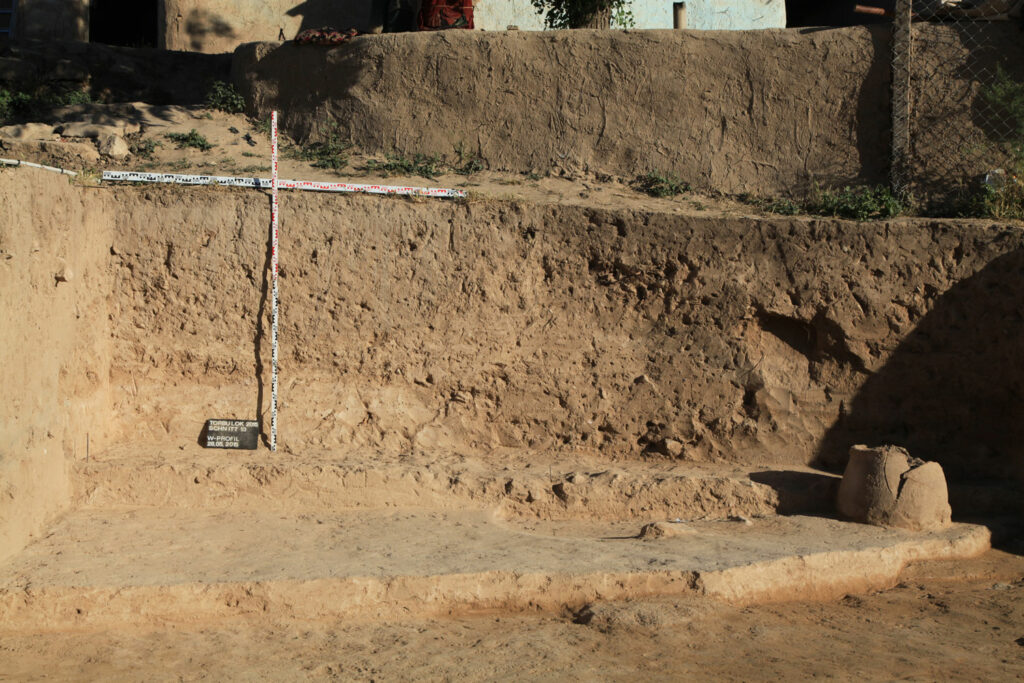
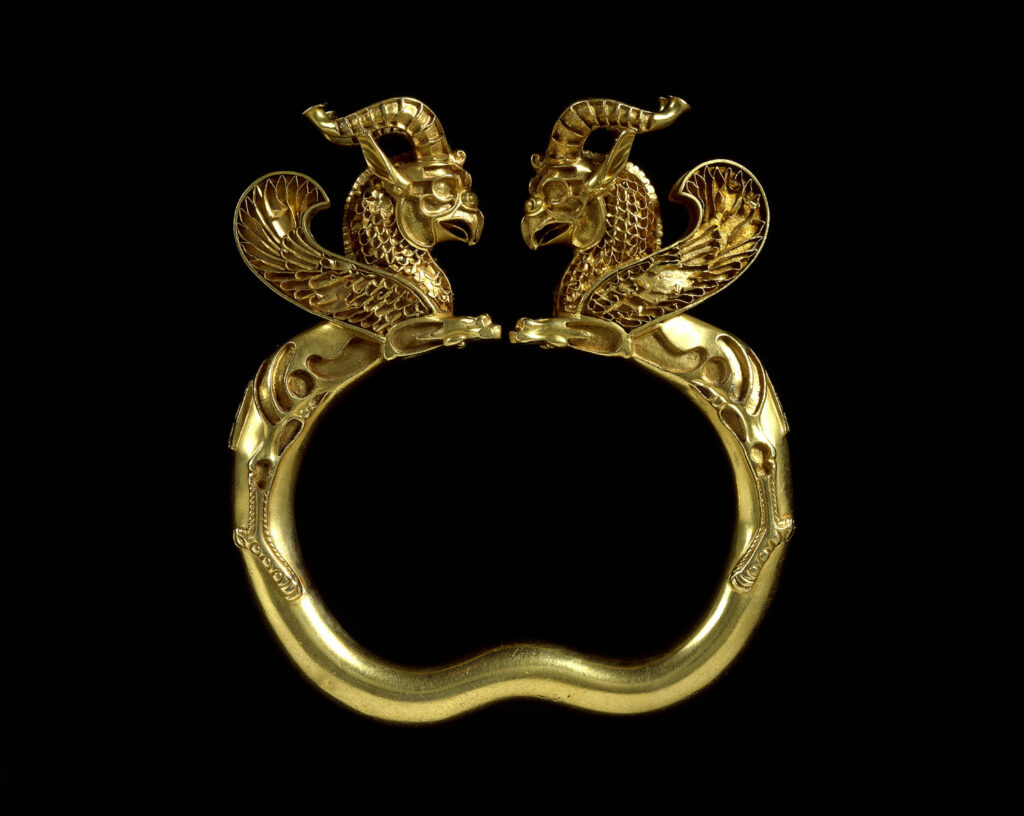
Slideshow: Wonders of the Three Yan
Archaeologists have uncovered a vast array of artifacts from tombs associated with the Three Yan states, which ruled parts of northeastern China from A.D. 337 to 436. The Three Yan—which include the Former Yan Dynasty (A.D. 337–370), Later Yan Dynasty (A.D. 384–407), and Northern Yan Dynasty (A.D. 407–436)—were founded during a tumultuous period in Chinese history by the Murong Xianbei, a powerful minority descended from the nomads of the Eurasian steppe. A particularly well-appointed Three Yan burial has been identified as belonging to the Northern Yan general, Feng Sufu—brother to the emperor Feng Ba. Feng Sufu’s tomb was found to contain artifacts reflecting a rich combination of influences from China, the Eurasian steppe, and beyond. To read our article on Feng Sufu's tomb and others associated with the Three Yan states, click here.
